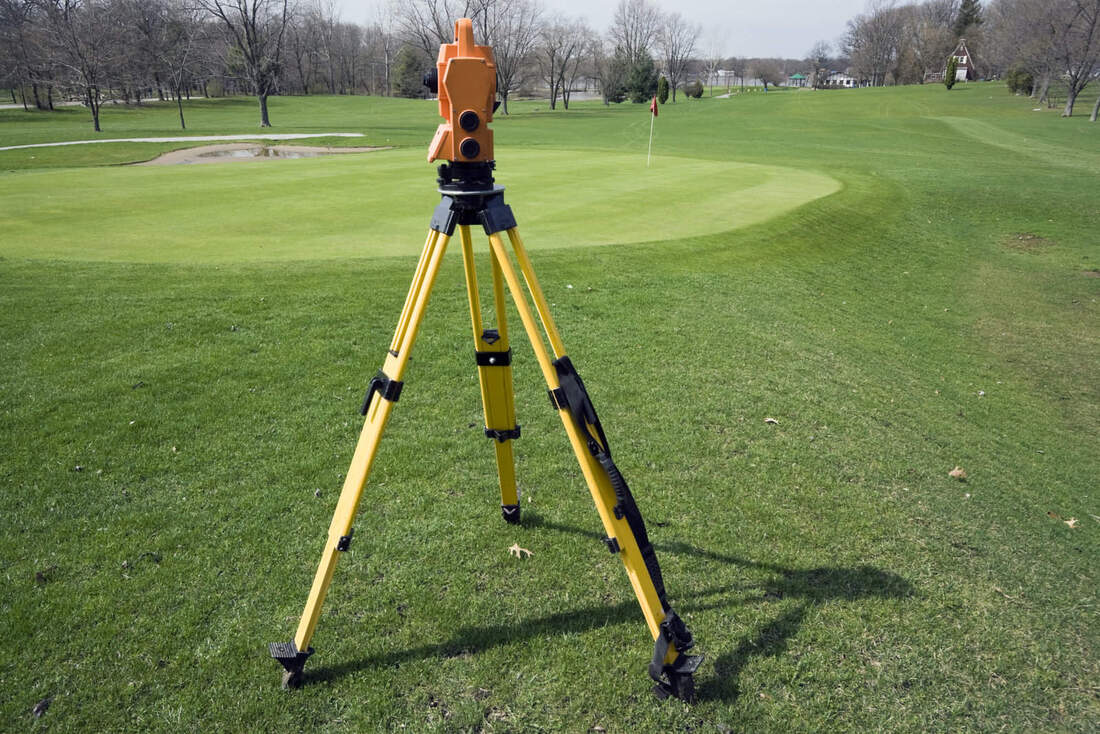One from the challenges faced whenever using traditional land surveying methods is the necessity of surveying locations which might be covered simply by thick vegetation. A few surveying projects require the measurement involving such vegetation, whilst most applications require measurement of the terrain itself, rather than the crops covering this ground. Topographic surveys might require the measurement of vegetation, depending on their intended goal.
When on typically the ground, land surveyors may find that will traditional surveying machines are blocked by significant trees or other obstructions. They may be unable to traverse the terrain because of high hills, inconvenient channels, or other natural or man-made characteristics. Combined, these features may make surveying difficult or even impossible from about the land by itself, particularly in undeveloped areas. However, you will find ways around these obstructions which permit surveyors to create accurate and specific surveys.
Some procedures of surveying can easily penetrate trees and groundcover. Among these kinds of is LiDAR, the laser-based method. Due to the fact the laser system is flown within the area in the airplane, it is usually ideal for intensely forested areas wherever access on foot may be challenging or impossible.
Some other surveying applications, on the other hand, require measurement in the vegetation. Similar colossal methods do not necessarily penetrate tree covers, and therefore can offer an idea with the vegetation while still allowing the surveyor to work by a distance.

A single type of surveying, generally known as 'vegetation surveying, ' is especially interested in typically the vegetation found within a given area. Unlike Topographical Surveys Wakefield Yorkshire surveying, vegetation surveying frequently depicts rough boundaries, not strict ranges. Vegetation surveying, or perhaps the mapping regarding plant habitats, is usually a valuable application for botanists, eco warriors, and other world science applications. Based upon its supposed use, a crops survey may suggest areas with plants and those with no, or the types of plant and their density and location. These maps are often used to identify sensitive environmental areas (such because wetlands), map the spread of crops, or examine ecological changes following normal or man-made occasions.
In cases exactly where vegetation surveying is definitely desirable, measurements might be taken using aerial methods or using a surveyor's transit or total station to determine vegetation height and to lay out the grid of the terrain, onto which vegetation can be assessed. The same main grid can then be used by simply another surveying group after a period of time to assess within vegetation and even terrain.
While topographical maps may show vegetation or man-made features, an electronic terrain model (also known as some sort of digital elevation model) generally only presents the land topography and even terrain underneath the particular vegetation. Digital surfaces models could possibly be known to as bare-earth models, while Digital Surface Models include features such while vegetation.
There are a number associated with surveying methods employed to create topographic surveys or electronic digital terrain models, like direct surveying (with a surveyor's flow or total station) or remote sensing technologies such since aerial and satellite television imagery, LiDAR strategies, and photogrammery. The particular most appropriate approach depends on the area being surveyed and the quantity and type of data required. Some surveying methods used to create these models, like palpeur, reflect the greatest level point on the given location, whether this specific is the top of a tree or even building or simple ground, while some others are intended for the measurement involving the terrain by itself.
